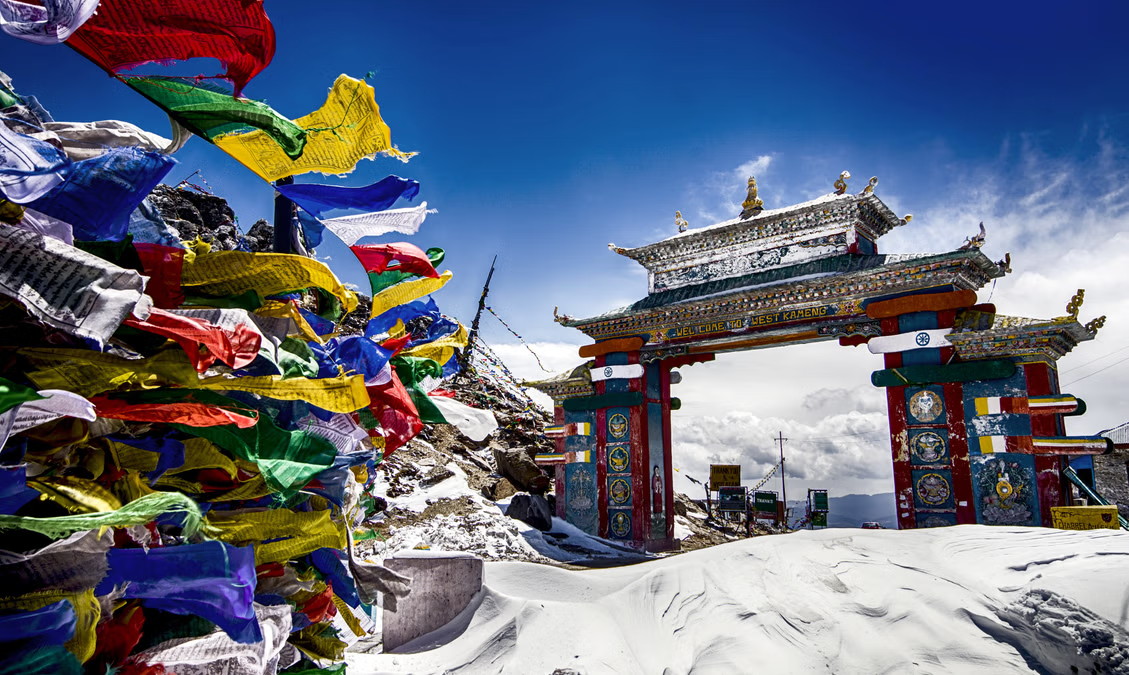
Imagine a land where snow-capped peaks whisper ancient mantras and winds carry centuries of silent prayer. Here in Tawang, nestled in the northwestern cradle of Arunachal Pradesh, elevation meets emotion at a staggering 10,000 feet above sea level. The mountains don’t just rise — they chant, their slopes graced with silver-thread waterfalls that tumble like divine verses from the heavens.
At its heart sits the awe-inspiring Tawang Monastery, India’s largest, perched stoically like a sentinel of serenity. Its golden rooftops kiss the clouds while its walls echo the teachings of generations. Each morning, as dawn spills light across this alpine sanctuary, it feels less like a sunrise and more like a cosmic blessing.
The lakes — Penga Teng Tso, Madhuri Lake — shimmer like mirrored portals to the sky. Their reflections hold stories of monks in meditation, warriors in pursuit of honor, and mountain spirits weaving peace into the air itself. Step beyond the silence of these waters and you’ll hear the quiet hum of the land speaking through prayer flags and pine needles.
From the snow-laced majesty of Sela Pass to the reverent silence of the Tawang War Memorial, every footstep here is a conversation with nature, history, and something divine. Tawang isn’t just a destination — it’s a spiritual embrace cloaked in Himalayan grace.
Best time to visit: March to June and September-October
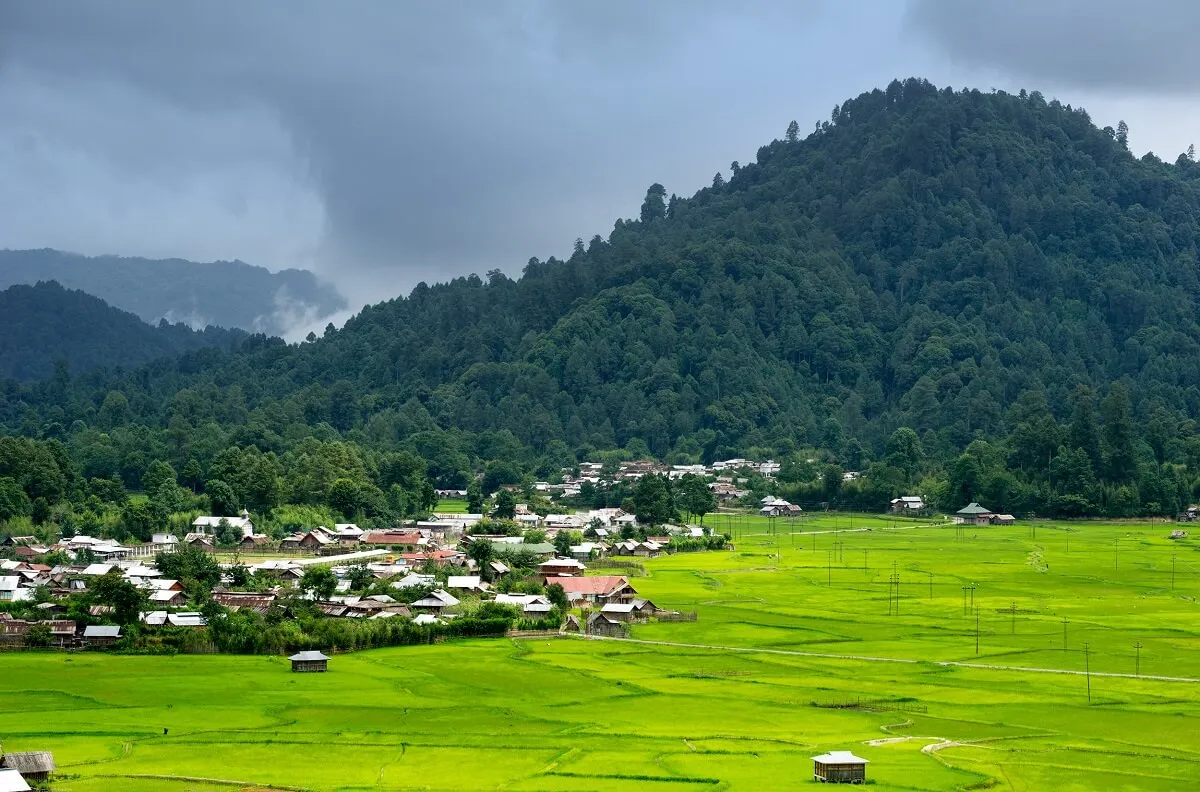
Cradled in the velvet folds of Arunachal Pradesh, where the clouds kiss pine-scented hills and the morning mist drapes the landscape in mystery, Ziro Village feels like a sacred pause from the rush of reality. Picture a valley painted in hues of green and gold, its terraced rice fields cascading like natural amphitheaters, echoing the rhythm of a slower, gentler life. It's not just a place — it's a mood.
As the heartland of the resilient and deeply spiritual Apatani tribe, Ziro breathes history through its people. The Apatani are stewards of the land — known for their ingenious wet rice cultivation, their soulful chants, and their striking facial tattoos and nose plugs, symbols of cultural legacy passed down through generations. Their bamboo homes, neatly woven pathways, and reverence for harmony reveal a community beautifully in sync with nature.
Stroll through quaint hamlets like Hong, Hari, or Dutta and you’ll find the air thick with stories — of whispered folklore by the firelight, of harvest celebrations, and laughter that fills the valley like sunlight filtering through pine needles. You’re not just a traveler here; you're a welcomed guest in a living museum of grace and grit.
Ziro is also a canvas for the dreamers. Wander up the serene Kile Pakho Ridge for panoramic views where mountains roll into eternity, or visit the Meghna Cave Temple, a mystical sanctuary carved into stone where silence feels sacred. And if your spirit craves rhythm, lose yourself in the indie beats of the iconic Ziro Music Festival, where nature becomes a stage and the valley pulses with pure creative energy.
Best time to visit: October to March
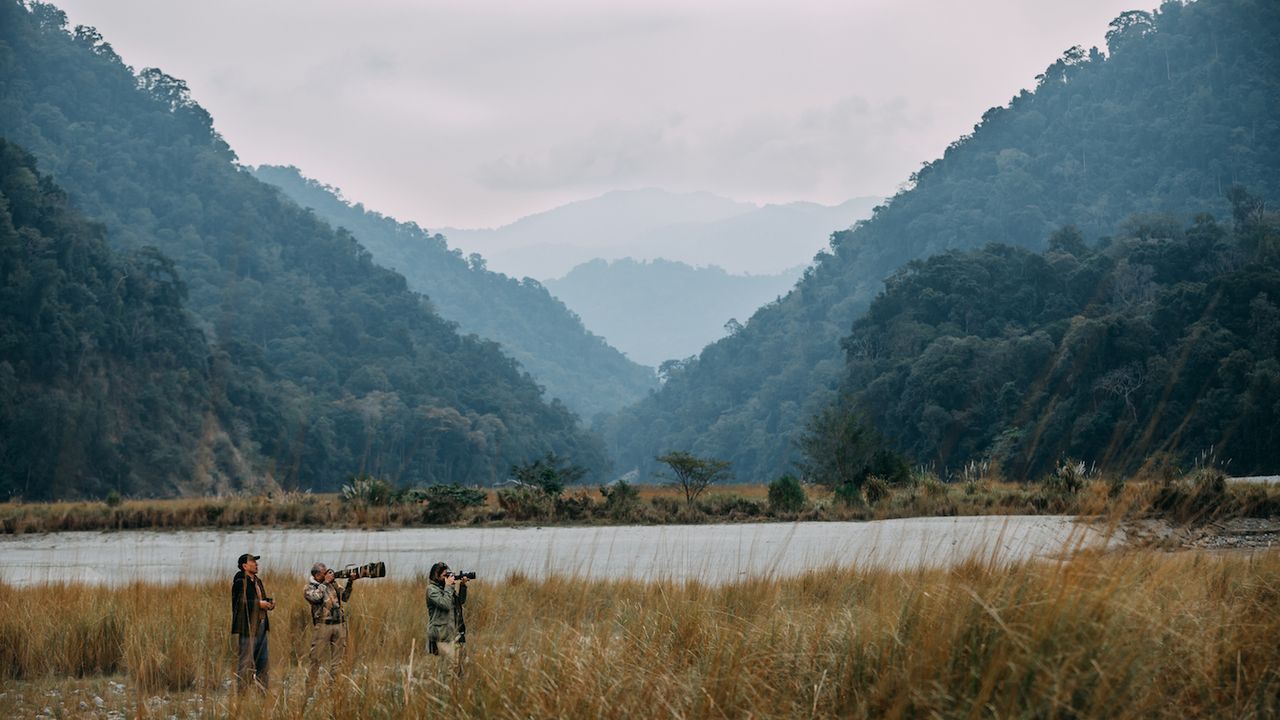
Deep in the eastern folds of Arunachal Pradesh, where mist clings to ancient trees and rivers carve secrets into the earth, lies Namdapha National Park — a sanctuary so wild, it feels untouched by time. Spanning 1,985 square kilometers, it’s India’s third-largest national park and a crown jewel of Eastern Himalayan biodiversity.
Namdapha isn’t just a forest — it’s a living symphony of rare orchids, whispering bamboo groves, and elusive creatures. The only park in India to host all four big cats — Tiger, Leopard, Snow Leopard, and Clouded Leopard — it’s also home to Hoolock Gibbons, Red Pandas, and over 450 bird species, making it paradise for wildlife lovers, trekkers, and dreamers.
The lakes — Penga Teng Tso, Madhuri Lake — shimmer like mirrored portals to the sky. Their reflections hold stories of monks in meditation, warriors in pursuit of honor, and mountain spirits weaving peace into the air itself. Step beyond the silence of these waters and you’ll hear the quiet hum of the land speaking through prayer flags and pine needles.
Here, safaris mean trekking through primal trails, crossing wooden bridges over the Noa-Dehing River, and waking up to hornbill calls echoing through the canopy. Whether you're camping under starlit skies or hiking to Dapha Bum, each moment in Namdapha feels like a whispered adventure.
Best time to visit: October to April
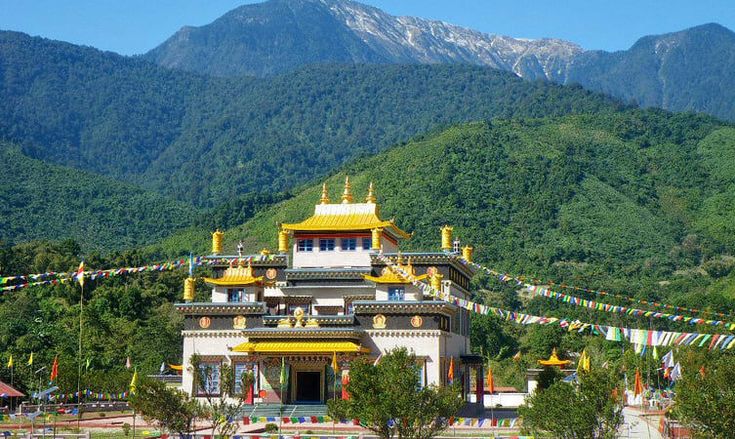
Nestled in the misty embrace of the Mishmi Hills, Tezu is more than a hill town — it’s a soulful retreat where nature, legend, and spirituality converge. With pristine lakes, fruit-laden orchards, and lush forests, Tezu feels like a secret whispered by the clouds, waiting to be discovered by those who seek peace and wonder.
But Tezu isn’t just scenic — it’s sacred. The revered Parashuram Kund, where the sage Parashuram is said to have washed away his sins, draws thousands of pilgrims during Makar Sankranti, turning the Lohit River into a stream of devotion. Nearby, the Tezu Monastery stands as a quiet sentinel of faith, its prayer flags fluttering in the breeze, offering a tranquil space for reflection and connection with the divine.
The town’s spiritual harmony is beautifully reflected in its unique compound where a temple, monastery, and gurudwara stand side by side — a living testament to unity in diversity.
For the adventurous soul, Tezu offers river rafting, angling, and treks through virgin forests that echo with birdsong and the rustle of ancient trees. Whether you're meditating by the lake, hiking through the hills, or soaking in the cultural tapestry of the Mishmi tribe, Tezu leaves you with stories etched in silence and serenity.
Best time to visit: December to July
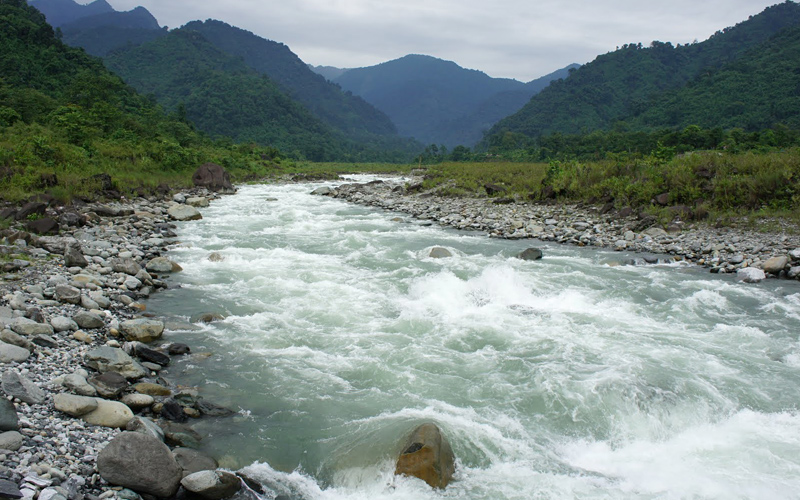
Cradled in the Lower Dibang Valley of Arunachal Pradesh, Roing is a soulful blend of scenic beauty, ancient history, and vibrant tribal life. With snow-capped peaks, placid lakes, and archaeological ruins, Roing feels like a place where every stone and stream has a story to tell.
The town sits beside the Dibang River, its banks lined with misty forests and trails that lead to wonders like Mehao Lake, a crystal-clear waterbody surrounded by dense wilderness. Just beyond lies the Mehao Wildlife Sanctuary, home to rare orchids, butterflies, and indigenous fauna — a paradise for nature lovers and photographers.
Roing is also a gateway to the Mayudia Pass, a snow-kissed escape perched at 2,655 meters, where clouds play hide-and-seek with Himalayan peaks. And for history buffs, the Bhismaknagar Fort, dating back to the 12th century, offers a glimpse into legends tied to the Mahabharata.
But what truly sets Roing apart is its people — the Idu Mishmi and Adi tribes, whose festivals like Reh and Solung fill the air with music, dance, and deep-rooted traditions. Their warmth and hospitality turn every visit into a cultural embrace.
And beyond its treasures, Roing offers quiet adventure — revealed slowly through hidden trails, warm tea with locals, and sunsets over the Dibang River. From scaling forested hills to basking by Sally Lake, it’s a place to disconnect from the noise and reconnect with nature’s rhythm.
Best time to visit: October to February
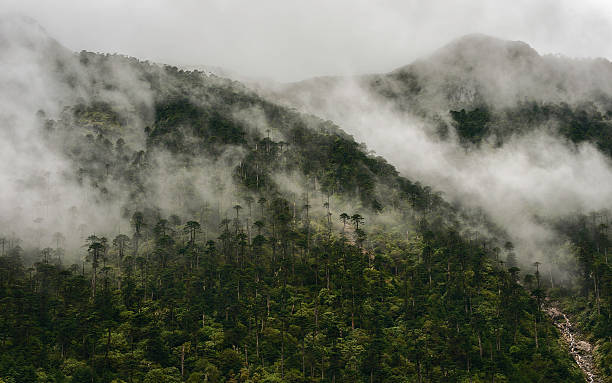
Dirang isn’t just a town — it’s a living canvas painted with Himalayan hues and Monpa traditions. As you arrive, the crisp mountain air carries whispers of folklore and the scent of wildflowers. The Dirang Chu River flows like a silver ribbon through the valley, its banks dotted with prayer flags fluttering in the breeze, guiding you toward hidden trails and quiet moments. In spring, the orchards burst into bloom, and the hills blush with apple blossoms and kiwi vines, while winter brings the graceful arrival of black-necked cranes to the Sangti Valley, turning it into a sanctuary of silence and awe.
The Dirang Dzong, with its weathered stones and ancient wooden gates, feels like a portal to another era — where monks once walked in quiet contemplation and stories were etched into every wall. Nearby, the Thupsung Dhargye Ling Monastery rises like a crown above the valley, its golden rooftops catching the morning sun as chants echo through the crisp air. It’s not just a place of worship, but a refuge for the soul.
The hot water springs, believed to have healing properties, offer a soothing pause — a natural spa tucked into the folds of the mountains.
But the true heartbeat of Dirang lies in its people. The Monpa tribe, with their vibrant attire and warm smiles, welcome you into their homes and festivals. During Myoko, the air fills with drumbeats, laughter, and rituals that celebrate friendship and community. Sharing a meal, sipping butter tea, or listening to tales by the fire — these are the moments that transform a visit into a memory.
Best time to visit: March to July
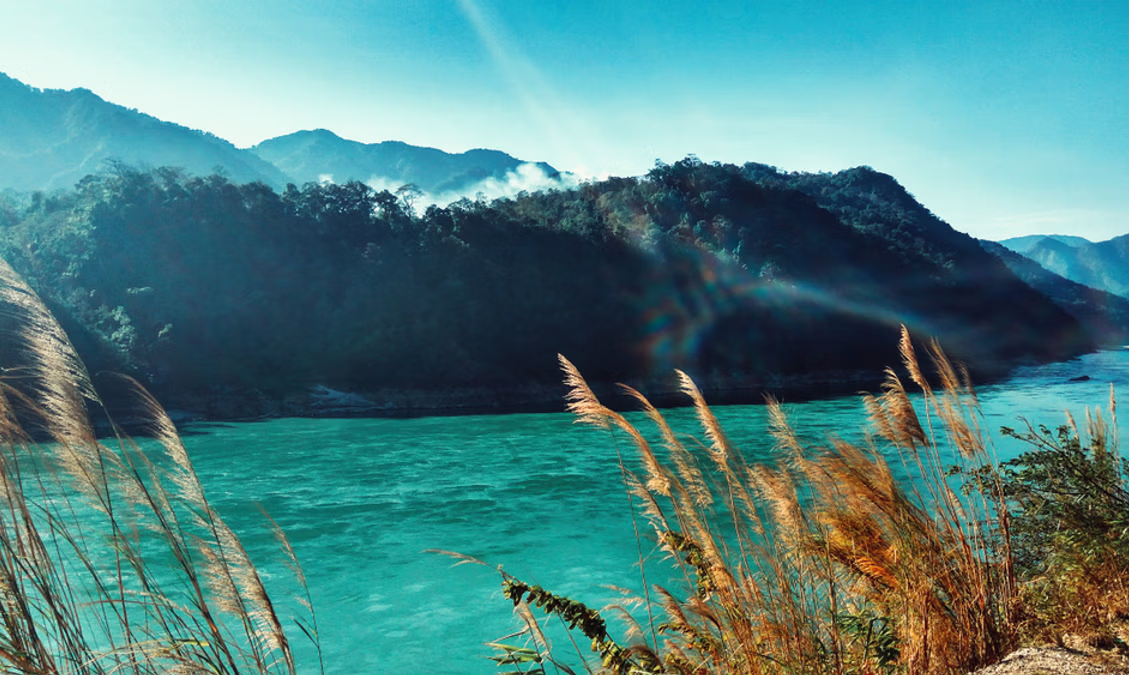
Cradled on the banks of the mighty Siang River, Pasighat is Arunachal Pradesh’s oldest town and a poetic gateway into the state’s soul. Founded in 1911, this serene destination blends colonial legacy with tribal vibrance, where misty mornings greet you with birdsong and the scent of orange orchards. The town’s landscape is a painter’s dream — verdant hillocks, shimmering river bends, and skies that stretch endlessly.
Adventure pulses through Pasighat’s veins. Whether you're rafting down the Siang, angling in quiet backwaters, or trekking to the dramatic cliffs of Kekar Monying, every path leads to discovery. The nearby Daying Ering Wildlife Sanctuary is a haven for migratory birds and rare flora, while the Sirki Waterfall cascades like a silver ribbon through emerald forests.
But Pasighat’s true charm lies in its people — especially the Adi tribe, whose festivals like Solung and Aran fill the air with rhythmic dances, chants, and vibrant attire. Sharing a meal of smoked pork and rice beer under a starlit sky, you’ll feel the heartbeat of a culture that’s both ancient and alive.
And as dusk settles over Pasighat, the town transforms into a quiet symphony of nature and tradition. The Siang River, bathed in golden twilight, mirrors bamboo groves and distant hills, while the air hums with evening prayers and tribal songs. Local markets brim with handcrafted textiles, bamboo crafts, and smoked meats — a sensory farewell to a day of discovery.
Best time to visit: January to May
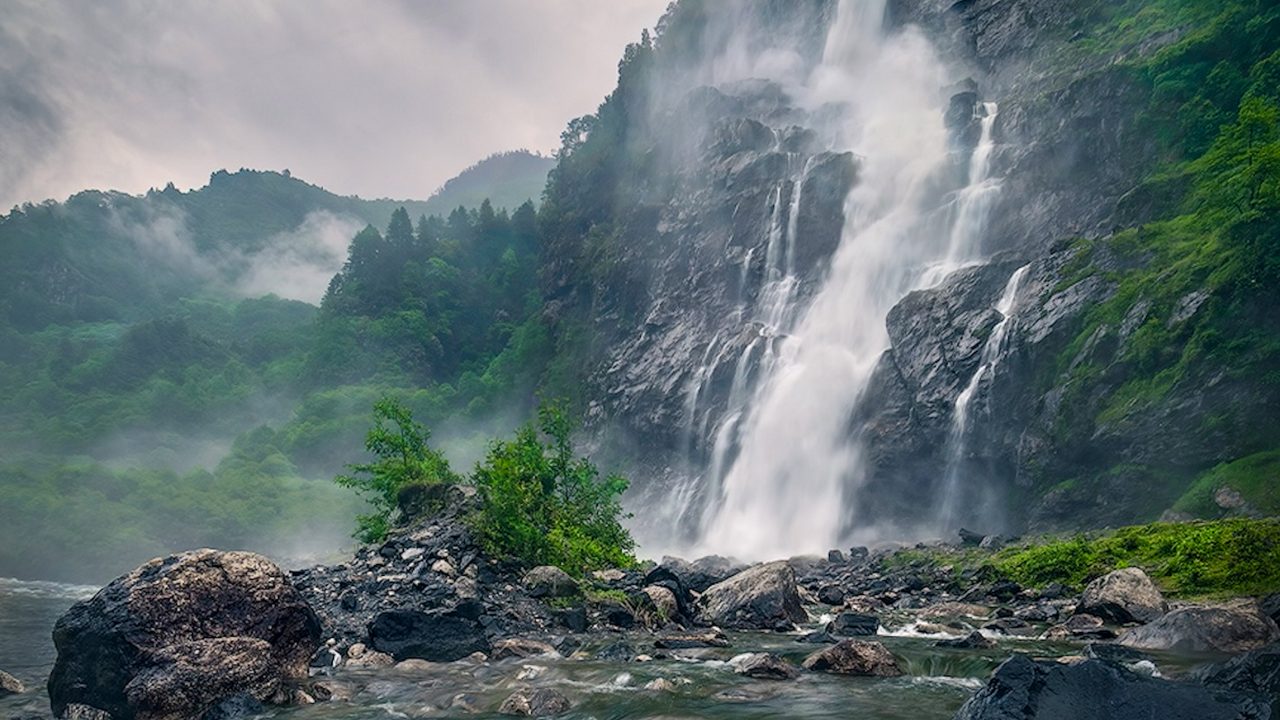
Tucked deep within the mist-kissed forests of Tawang, Nuranang Falls tumbles from a lush cliffside like nature’s own silver ribbon — delicate yet dramatic. Its waters, cascading from a height of nearly 100 meters, roar with a melody that’s as ancient as the hills, yet calming as a lullaby.
The fall is a dance between shadow and shimmer, where sunlight dapples through ferns and orchids, painting fleeting rainbows in the spray. Locals whisper stories of bravery — of Nura, a young Monpa heroine who helped an Indian soldier during the 1962 war — making the place feel sacred, almost timeless.
Visitors often describe the experience as walking into a dream: the air tinged with pine, the cool droplets kissing your skin, and the distant hum of the river echoing through valley silence. It’s not just a waterfall — it’s a feeling, a moment that lingers long after you leave.
Nestled between pine-laced ridges and cloud-laced skies, the trail to Nuranang feels like a quiet pilgrimage — each step crunching over moss and gravel, each breeze laced with stories the mountains haven’t yet told. Just before the falls reveal themselves, a hush falls over the landscape, as if nature itself pauses in awe.
Best time to visit: June to November
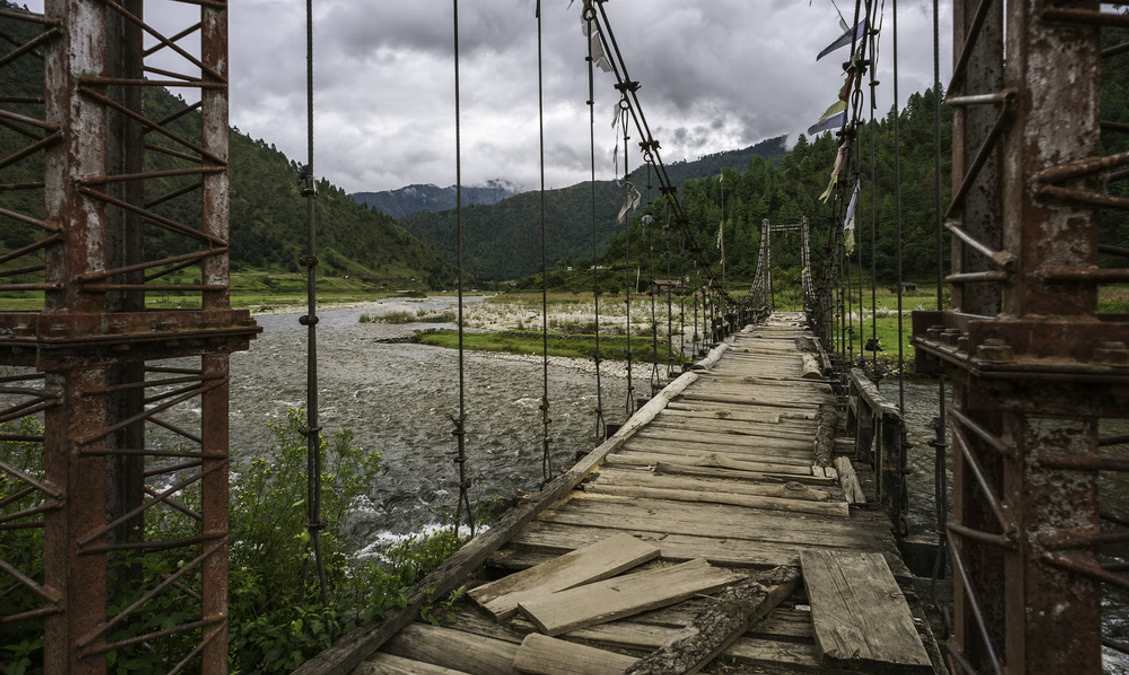
Tucked just beyond Dirang in Arunachal Pradesh, Sangti Valley is where time slows to a gentle sigh and nature speaks in soft tones. Cradled by pine-covered slopes and kissed by the crystal-clear Sangti River, this hidden gem feels like a dream stitched together with prayer flags and wildflowers.
Each winter, the valley becomes a sacred stage for the Black-necked Cranes, rare and revered, gliding in from Tibet to nest among the riverbanks — a sight that feels like nature’s own blessing. The air hums with monastery chants, the scent of apple and kiwi orchards, and the quiet rhythm of grazing sheep.
The Monpa tribe, guardians of this valley, live in timber homes that seem frozen in time. Their festivals, their stories, and their warmth turn every visit into a cultural embrace. Whether you're camping by the river, hiking through misty trails, or simply watching clouds drift over snow-kissed peaks, Sangti invites you to pause, breathe, and belong.
In the golden hush of dusk, Sangti Valley transforms into a living canvas—where peach-hued skies reflect off the glistening river and the silhouettes of pine trees stand like watchful sentinels. Campfires flicker to life, casting a warm glow over stories shared under the stars. The wind carries the scent of burning juniper and ripe kiwi, wrapping visitors in an embrace so serene it feels almost sacred. Here, each moment isn’t just experienced — it’s etched gently into memory, like verses of an unwritten lullaby.
Best time to visit: June to November
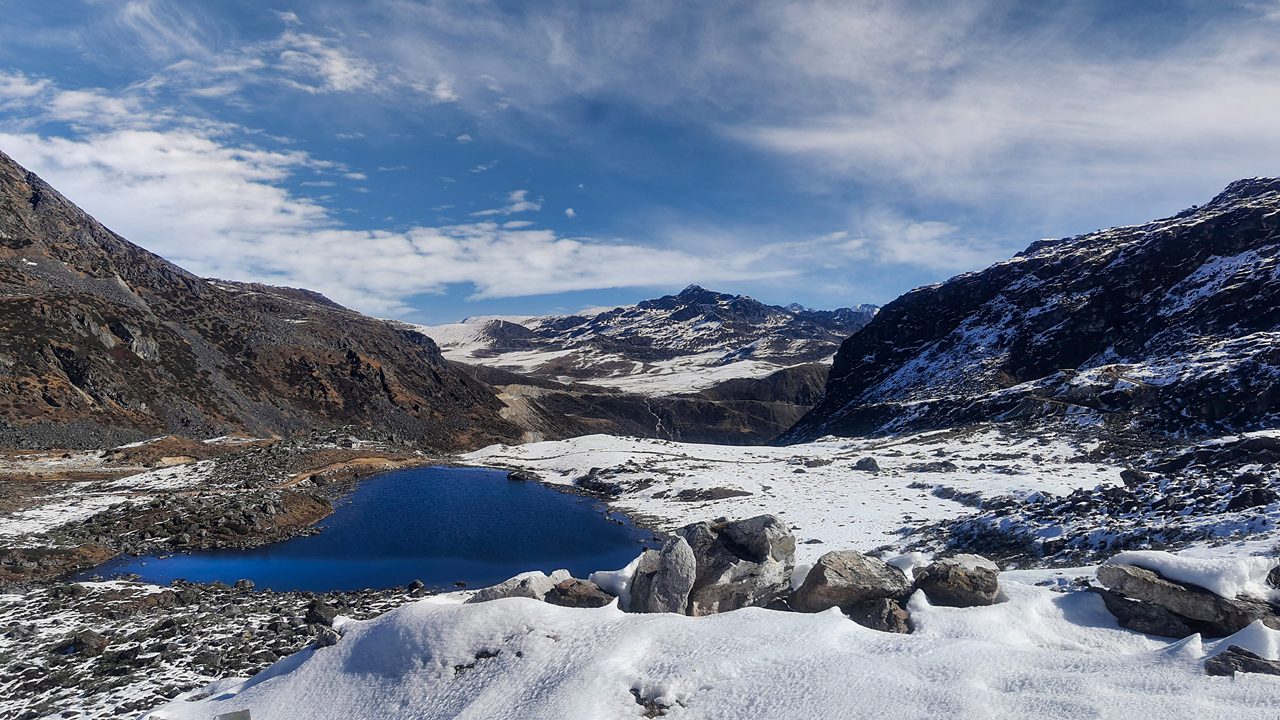
Perched at a staggering 15,200 feet near the Indo-China border in Arunachal Pradesh, Bumla Pass is not just a destination—it’s a revelation. The journey from Tawang to this icy frontier is a winding tale of snow-draped valleys, frozen lakes, and military outposts that whisper stories of courage and diplomacy.
Once a trade route between India and Tibet, Bumla gained historical weight during the 1962 Indo-China War, and even saw the passage of the 14th Dalai Lama into India in 1959. Today, it stands as a symbol of resilience, peace, and awe-inspiring beauty.
The landscape here is stark yet poetic—whitewashed peaks, windswept silence, and the occasional flutter of prayer flags against a cobalt sky. Visitors need a special permit to enter, but the reward is a surreal experience: standing at the edge of two nations, surrounded by nothing but nature’s grandeur and the quiet hum of patriotism.
But what truly sets Bumla apart is the palpable emotion in the air. Soldiers stationed there often welcome visitors with warmth and pride, sharing tales of camaraderie and endurance at one of the world’s most challenging terrains. Each flag fluttering in the wind feels like a silent tribute, and each breath you take carries the weight of history, hope, and high-altitude grace. It's not just a pass—it’s a place that leaves your soul standing a little taller.
Best time to visit: Summer
